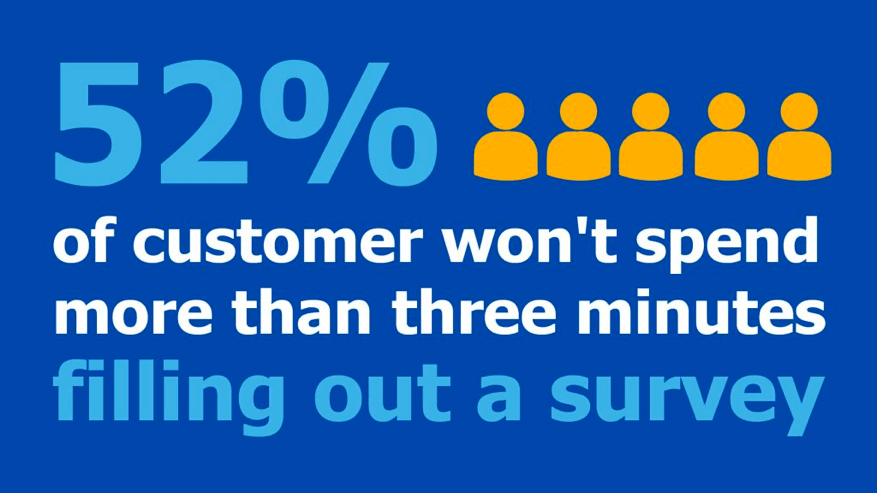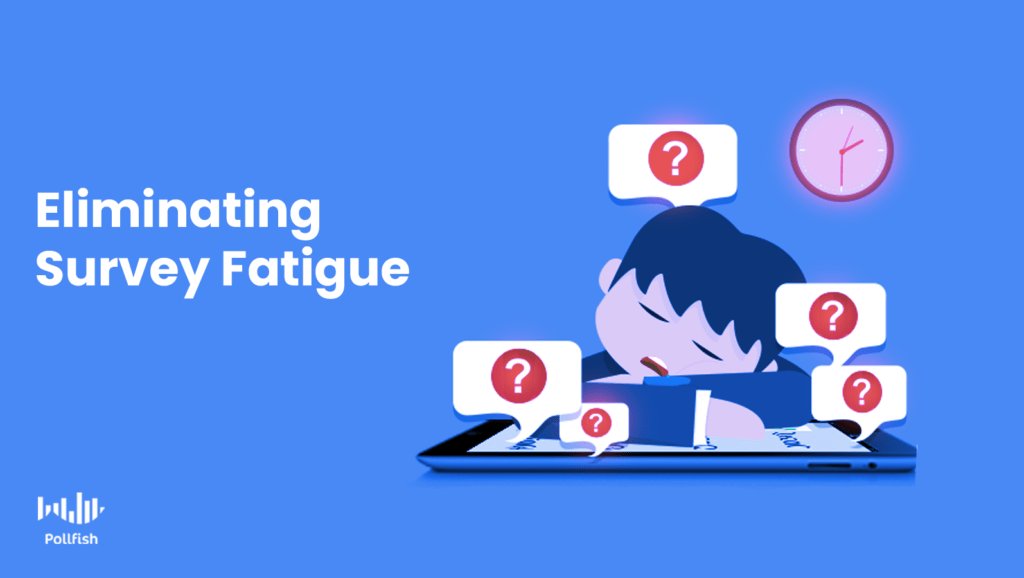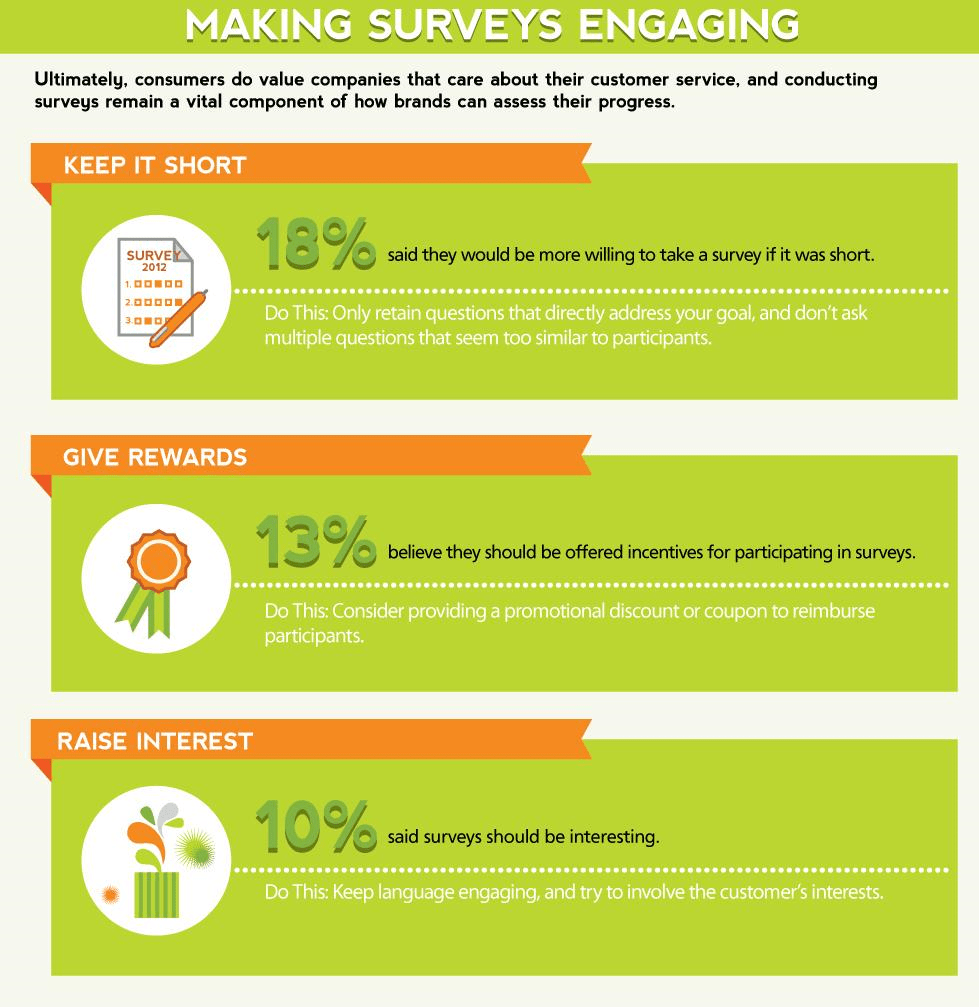As a frequent consumer, you’ve probably encountered several surveys over the years, from online questionnaires to in-person surveys at your local mall. Surveys are an important tool for businesses to collect valuable customer feedback and improve their services.
However, as with any repetitive task, taking too many surveys can lead to survey fatigue, which can have a detrimental impact on the quality of the data collected. In this blog, we’ll explore what survey fatigue is, its types, and reasons why it occurs, and provide 101 ways to avoid it altogether.
What is Survey Fatigue?
Survey fatigue is a phenomenon in which respondents become tired or overwhelmed by the number of surveys they’re asked to take. It can cause respondents to lose interest, skip questions, or even abandon the survey altogether. Survey fatigue can be a problem for researchers relying on survey responses to gather information, leading to unreliable or incomplete data.
What are the types of Survey Fatigue?
There are different types of survey fatigue, and understanding these types can help you design better surveys that encourage high response rates and quality data. Survey fatigue can be divided into two types: pre-response survey fatigue and survey-taking fatigue.
1. Pre-Response Survey Fatigue
Pre-response survey fatigue occurs before a respondent even takes the survey. Pre-response survey fatigue refers to the reluctance of potential respondents to participate in surveys even before they start answering questions. This can happen when a respondent receives excessive survey invitations or when the invitations are irrelevant to them. Some other reasons can be::
- Lack of motivation
- Scepticism about the survey
- Fatigues from previous surveys
- Busy schedules
2. Survey Taking Fatigue
Survey-taking fatigue occurs during the actual survey-taking process. This happens when respondents face lengthy or repetitive questions, unclear instructions, or poor survey design. It happens because of the following:
- Targeting the wrong audience
- Lengthy questions
- Repetition and poor designs
- Over-surveying
Why does Survey Fatigue happen?
Survey fatigue occurs when individuals experience boredom or disinterest in answering a series of questions presented to them in a survey. When respondents are not engaged in the survey process, they may provide low-quality or incomplete responses that can negatively impact the validity and reliability of the results. Here are some reasons why such survey fatigue might happen:
1. Targeting The Wrong Audience
When surveys are sent to individuals who are not relevant to the survey’s topic, they may feel disinterested in participating or answering the questions.
For instance, if a survey about dog food preferences is sent to someone who doesn’t own a dog, they may find the survey irrelevant and not worth their time. When respondents feel that a survey is not meant for them, they may not give their full attention, and their responses may not be accurate.
2. Lengthy Questions
Another reason for survey fatigue is lengthy questions. When questions are too long or complex, it can make respondents feel overwhelmed and frustrated.

For example, a question like “How often do you engage in high-intensity interval training, such as sprints, hill repeats, or plyometrics, for 30 minutes or more, at least once per week?” may be confusing for some people and may not know how to answer it. Similarly, a long list of multiple-choice options can be difficult to navigate.
3. Repetition
When questions are repeated multiple times in slightly different ways, it can make respondents feel bored and frustrated.
For example, if a survey asks a question like “How often do you eat fast food?” and then repeats the same question with slightly different wording like “How often do you consume food from a quick-service restaurant?” it can make respondents feel like they’re answering the same question over and over again.
4. Over-Surveying
When individuals receive too many surveys, they may start to feel overwhelmed and less willing to participate. For instance, if a person receives several survey invitations in a short period, they may not have the time or energy to complete all of them. This can lead to respondents selecting answers quickly or skipping questions altogether, which can negatively impact the quality of the survey data.

Survey Fatigue: 101 Ways to Avoid It
To combat survey fatigue, researchers and survey creators need to take proactive steps to design effective surveys that engage respondents and motivate them to participate. Here are some suggestions:
1. Consider the frequency with which you will survey customers
Too many or too few survey requests are both problematic. To strike the right balance, it’s important to determine an appropriate survey frequency based on your specific goals, target audience, and nature of business.
2. Carefully review the length of your survey
Surveys should be kept concise and focused on the main research objectives. Researchers should consider the time it takes to complete the survey and limit the number of questions to ensure that respondents do not lose interest.
3. Be cognizant of the time a survey takes to complete
Respondents are more likely to complete a survey if they feel their time is respected. Therefore, survey designers should be mindful of the time it takes to complete a survey and strive to keep it as short as possible.
4. Pay close attention to your questions
Questions should be written in simple language and avoid jargon or technical terms that may be confusing to respondents. Additionally, questions should be structured in a logical and easy-to-follow manner.
5. Remove friction points
The survey should be available on multiple platforms, like desktop and mobile devices, and should be optimised for different screen sizes and operating systems. Additionally, the surveys must be as user-friendly as possible.
6. Improve your audience targeting through segmentation
Use pre-screening questions to identify the characteristics and interests of respondents. Different survey channels, the timing of the survey, and general demographics must also be considered.

The Takeaway
Survey fatigue is a common problem businesses face when collecting customer feedback. Pre-response surveys and survey-taking fatigue can lead to lower response rates and poorer quality data. By understanding why this occurs and implementing strategies to prevent it, businesses can improve the quality of their data and make better-informed decisions. Remember, the key to avoiding survey fatigue is keeping surveys short, concise, and relevant to your target audience. Please contact Maction Consulting for your Market Survey and Data Analytics needs.


